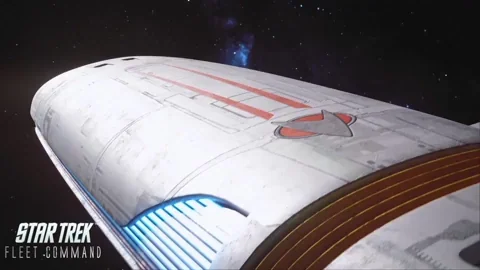|
Picard- All Spoilers Thread!
|
94
|
2541
|
April 27, 2020
|
|
Picard trailer
|
90
|
2726
|
July 27, 2019
|
|
Paramount announces another Star Trek show
|
153
|
2663
|
March 15, 2022
|
|
Watch the first episode of Star Trek: Picard for free on YouTube
|
48
|
1908
|
February 4, 2020
|
|
Patrick Stewart is back as Picard in new Star Trek series
|
80
|
3606
|
August 10, 2018
|
